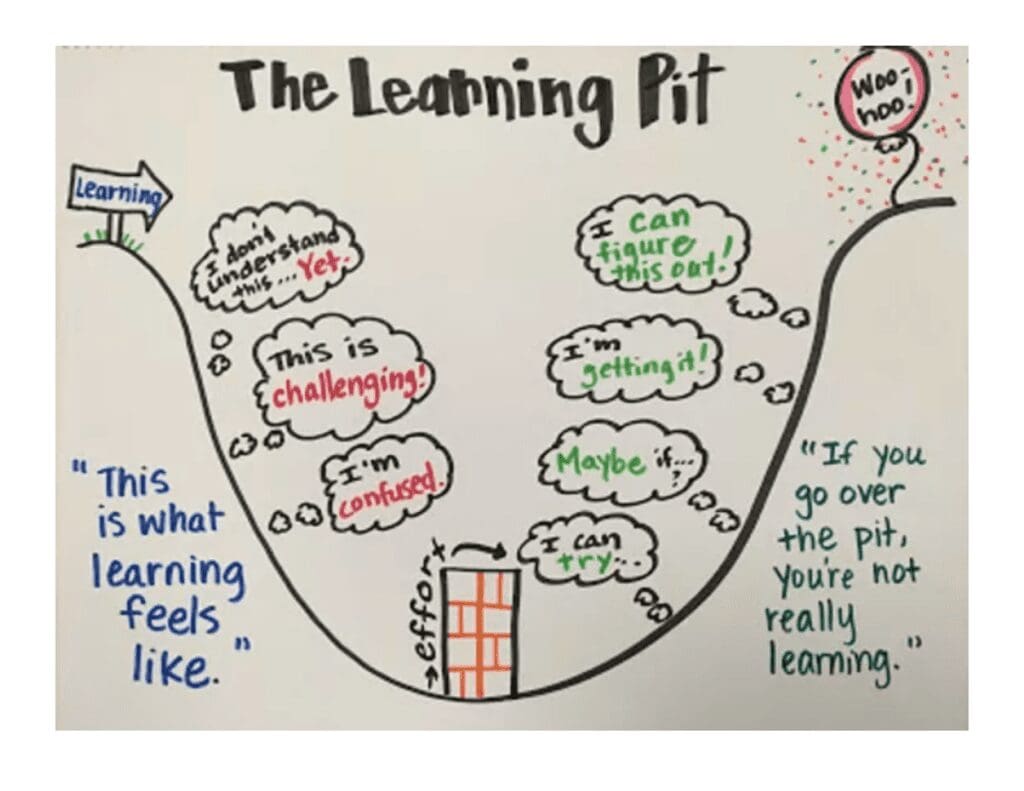Student engagement is a notoriously difficult thing to measure. We know that engagement in learning is essential for our students to reach their academic and personal goals, but how can we tell if we’re on track?
This problem is actually even more difficult when you try to get down into what engagement actually is.1 Many teachers will say that they know that their students are engaged when they are making eye contact, when they are quiet and not fidgeting, or when they are asking curious questions or just doing their work.

I’ve worked in schools where at every reporting period, the teachers were asked to give each student a grade on their achievement, but also on their engagement in the learning. There were set criteria and even a rubric for what ‘engagement’ looked like at each level, but after talking to some of the teachers, this was not enough to create a consistent definition.
What is student engagement?
The issue that these teachers had when scoring their students according to their engagement is that there were always outliers. In every class in the school, there were students who did not fit into the criteria, but the teachers knew that they were either engaged or not engaged.
Let’s say that we take speaking up in class as an indicator of engagement. Does this mean that students with anxiety never engage with the learning? To be even more drastic, what about the students who are literally mute or have a speech impediment and aren’t comfortable talking in front of the whole class? In a less drastic and more common example, if we take engagement to mean eye contact when the teacher is talking, does this exclude many students with Autism Spectrum Disorder?

We can talk as much as we want about what student engagement looks like, but this is all going to be subjective. A teacher may know that even though their student never makes eye contact and hardly ever speaks at all, that they are listening and they are actively learning. It can become one of those cases where the teacher intuitively knows, which is then of course backed up by evidence from the student.
Constructivism.
Constructivism is far from a new idea in education.2 It is the idea that learning isn’t something that is done to students; teachers don’t just spout information and inflict learning upon their students. Instead, students need to be actively constructing new knowledge and fitting it in to their pre-existing understanding of the world.
It leads on then that students need to be engaged to learn. In order to construct meaning, students need to be actively engaged in that process. This indicates that any evidence of learning is evidence of engagement, but then we need to get into what actually is evidence of learning.
What is learning?

I love the learning pit. I use it to talk to my students about how they learn every year. The premise is that learning is difficult and that if it isn’t, you’re not learning.
Teachers will often see graded work as evidence of learning. It certainly can be, but we need to remember that learning is an active process. If the student already knew how to get an A on that test, have they really learned anything?
The true indicator of learning is looking at the before and after. The ‘before I could…’ and the ‘now I can….’. This is learning, and if you have evidence of this change and growth then you have evidence of engagement.
What about those students who are struggling to learn?
Engagement doesn’t always result in learning, though. At least perhaps not the learning that you intended or at the speed that you had planned. While evidence of change and growth is evidence of learning and engagement, students can be fully engaged and trying their genuine hardest and not have any evidence to show for it.
This is why measuring student engagement can be so tricky. While engagement is a set of behaviours, these behaviours are not always visible. Someone can also look engaged while not engaging to their full extent.

Metrics and quantitative analysis have been very difficult to apply in this regard. Many people have tried to develop research instruments and methods that can be used to measure student engagement, but the fact is that it is such a complex process that teacher judgment may actually be the best data that we can collect.
Each student is different, and each student is unique. Each student will learn differently, and each student has had a different journey. You can’t have someone external come into a classroom and tell you which students are and are not engaged. It takes time to get to know a student and see how they have grown and changed (or not) over a long period of time.
Student engagement is such a difficult thing to identify and measure, unless you ask their teachers.
What does your school do to try and gauge student engagement? Do you think it’s effective? Comment your thoughts below!
References:
1Sinatra, G. M., Heddy, B. C., & Lombardi, D. (2015). The challenges of defining and measuring student engagement in science. Educational psychologist, 50(1), 1-13.
2Steffe, L. P., & Gale, J. E. (Eds.). (1995). Constructivism in education. Psychology Press.





